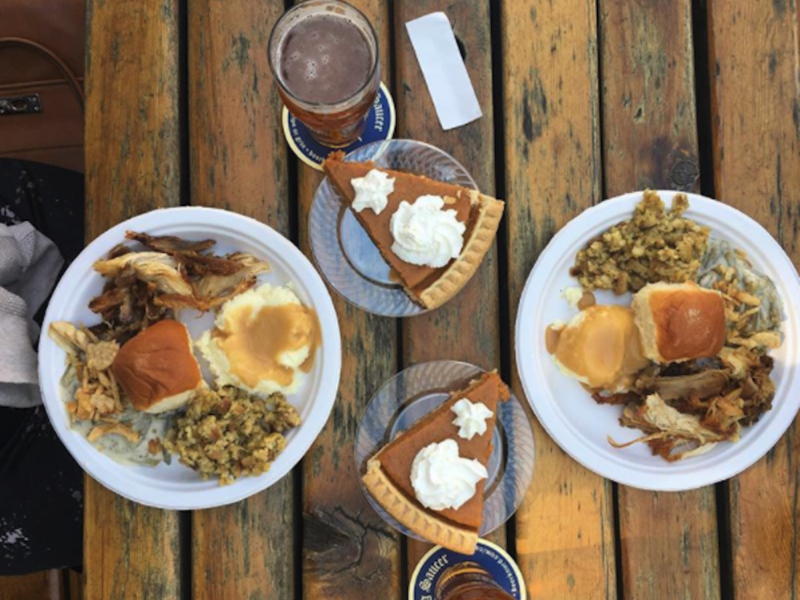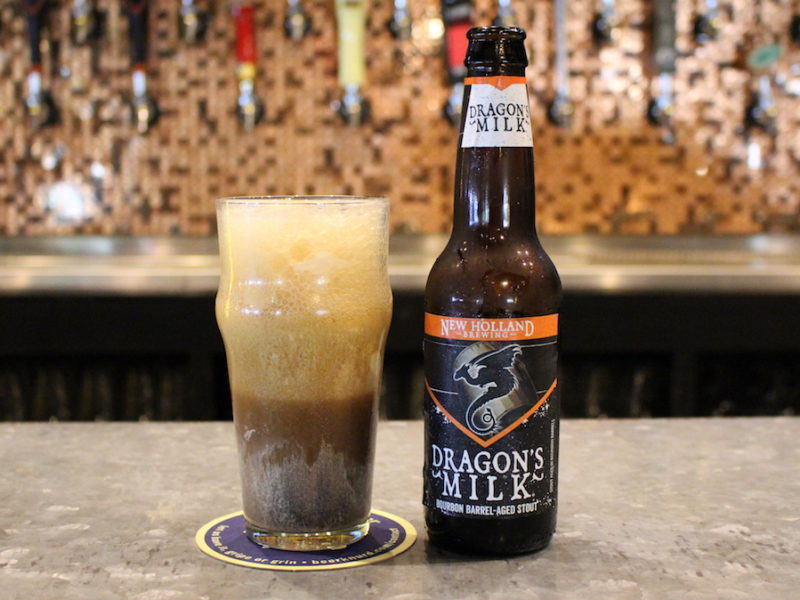Where and when was Oktoberfest first celebrated? Sure, it sounds German, but how German is it? What did revelers actually drink at the first Oktoberfest? What was the occasion? Why is it still celebrated? And why the hell is it called Oktoberfest when it’s held mostly in September?
Oktoberfest 101
Oktoberfest is indeed a German custom. In fact, it just one of a number of volksfests (“people’s festivals”) associated with various regions and cities across the country (for example, Hanover’s Schützenfest). Specifically, Oktoberfest is a Bavarian tradition whose origins are intimately connected to the history of the city of Munich, or München. Munich, of course, is among the most renowned beer-producing cities in the world, and Bavarians are fiercely proud of a brewing tradition that dates back centuries. (The Reinheitsgebot or “purity law” that specified that beer should include only three ingredients—water, barley and hops—first hit the books in Munich in 1487.) From its origins as the commemoration of a royal wedding, Oktoberfest has grown into the equivalent of the American state or county fair, complete with market stalls and beer pavilions, amusements and rides, performances of traditional music and dance, games of chance and tests of skill, etc. Oktoberfest is an all-ages party that just won’t stop, at least for a fortnight. Depending on when the first Sunday in October—both the last day and culmination of festivities—falls, Oktoberfest lasts for 16 to 18 days. In 2014, 6.3 million people from Germany as well as across the globe visited Munich for Oktoberfest, consuming more than 2 million gallons of beer in the process.
History of Oktoberfest
The very first Oktoberfest occurred in 1810. On the 12th of October of that year, the people of Bavaria, a Germanic state but then an independent duchy, gathered in honor of the marriage of Crown Prince Ludwig and Princess Therese of Saxony-Hildburghausen (present-day Thuringia, a neighboring principality). Before her marriage to Ludwig, Therese was rumored to be among several women courted by Napoleon. While not Bavarian herself, Therese would seem to have captured the hearts and imaginations of those early Oktoberfest-ers more than her groom. That first Oktoberfest was celebrated on public land situated just in front of Munich’s city gates, and that location is still known today as Theresienwiese, or “Therese’s fields.” The main attraction at that inaugural 1810 Oktoberfest? Horse races, which for many years remained the most anticipated and popular festival event. Pavilions touting Bavaria’s agricultural plenty soon appeared, followed by merry-go-rounds and other entertainments. While food and drink have always been a feature of Oktoberfest, beer did not become a big business until 1896: the year the first beer tents opened.
Oktoberfest today
Anywhere people of German heritage have settled, you can expect Oktoberfest to flourish. Intrepid beer-lovers can even find craft brewery-sponsored Oktoberfest (or Oktoberfest-inspired) celebrations in Colombia and Sri Lanka. Ontario, Canada, lays claim to the largest Oktoberfest outside of Munich’s own. But, much like St. Patrick’s Day, Oktoberfest is an Old World custom that has sunk some of its deepest roots in the United States. Whether you live in Cincinnati, California’s Bay Area, Tulsa, Pittsburgh or the Texas Hill Country surrounding Austin and San Antonio, Oktoberfest celebrations are happening near you.








